Question #1: Where is The Heart of a Shrimp Located?

Shrimp are fascinating creatures with unique anatomical features that set them apart from many other animals. Their exoskeletons and segmented bodies are well-known, but there’s one internal organ that’s particularly surprising in its location.
These small crustaceans have evolved a variety of adaptations to thrive in aquatic environments. From their specialized appendages for swimming and feeding to their compound eyes, shrimp are marvels of evolutionary design. But perhaps one of their most unusual features lies hidden within their bodies.
Answer #1: In It’s Head
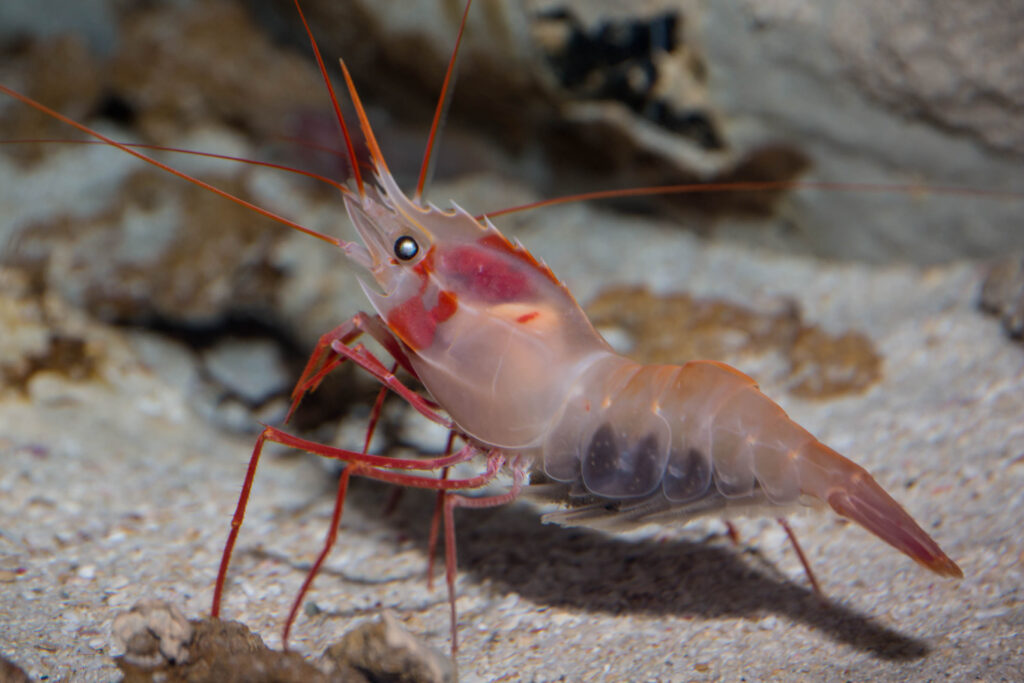
Shrimp are fascinating creatures with unique anatomical features, including their heart’s unusual location. Unlike most animals, which have their hearts situated in their thorax or chest area, a shrimp’s heart is located in its head, specifically in the thorax region. This unusual placement is part of what makes shrimp and other crustaceans so intriguing to scientists and marine biologists.
The shrimp’s heart pumps hemolymph (the equivalent of blood in invertebrates) through its body, aiding in circulation and nutrient distribution. This circulatory system is open, meaning that the hemolymph flows freely throughout the body cavity rather than being confined to vessels. As a result, the shrimp can efficiently transport nutrients and oxygen to their tissues while maintaining their unique body structure.
Question #2: What Is a Group of Flamingos Called?
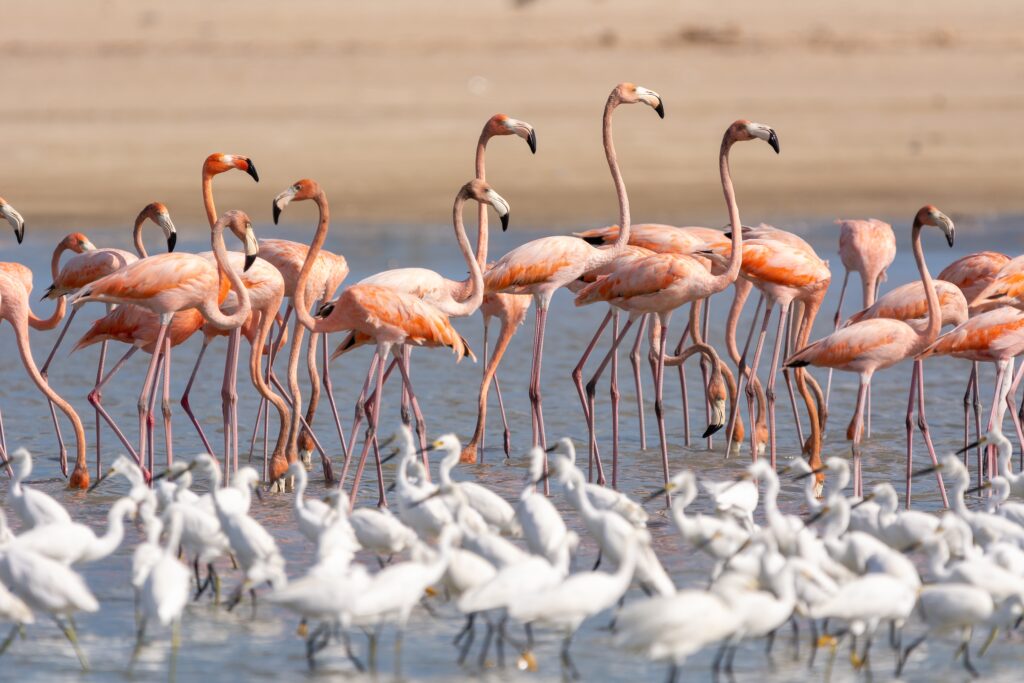
Flamingos are known for their vibrant pink plumage and distinctive appearance. These social birds often gather in large groups, creating stunning visual displays in their wetland habitats. Their long legs and curved necks make them instantly recognizable, but their social behavior is equally fascinating.
These birds are highly gregarious, often living in colonies that can number in the thousands. Their social nature extends to many aspects of their lives, from feeding to breeding. But what do we call such a gathering of these flamboyant birds? The answer is as colorful as the birds themselves.
Answer #2: A Flamboyance
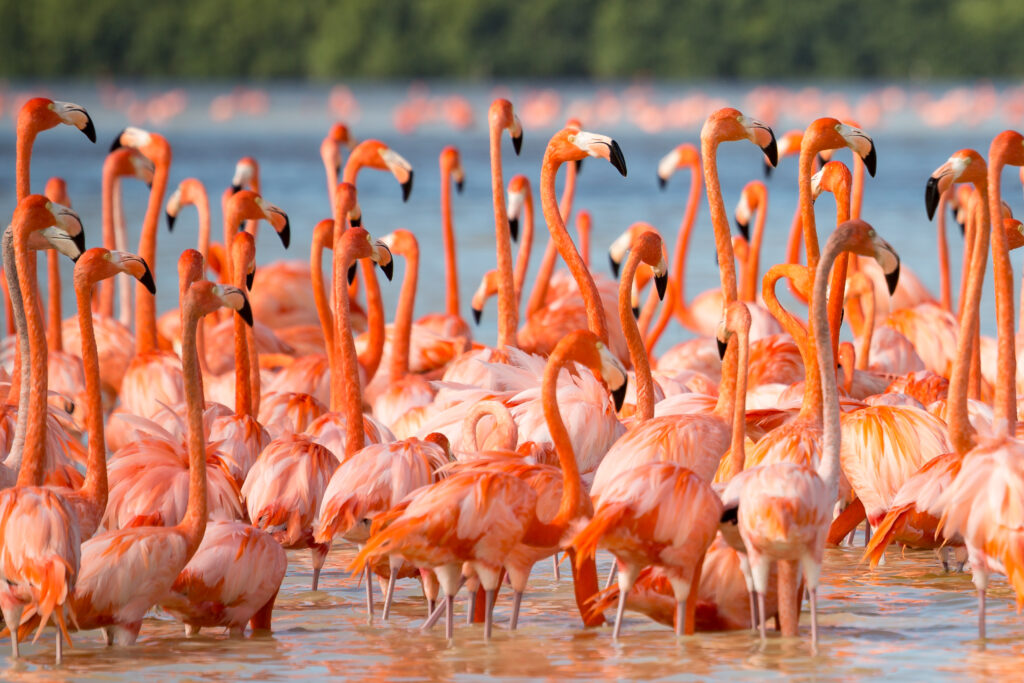
A group of Flamingos are called a Flamboyance, aptly named due to their vibrant appearance and lively interactions. These gatherings can consist of hundreds or even thousands of flamingos, creating a stunning spectacle against the backdrop of wetlands.
The term “flamboyance” reflects not only the birds’ colorful plumage but also their graceful movements and social dynamics. Flamingos engage in synchronized displays during courtship rituals, which further enhances the visual impact of these gatherings. Their social nature plays a crucial role in mating and raising young, as flamingos often nest in colonies to provide safety in numbers from predators.
Question #3: How Long Can Snails Sleep?
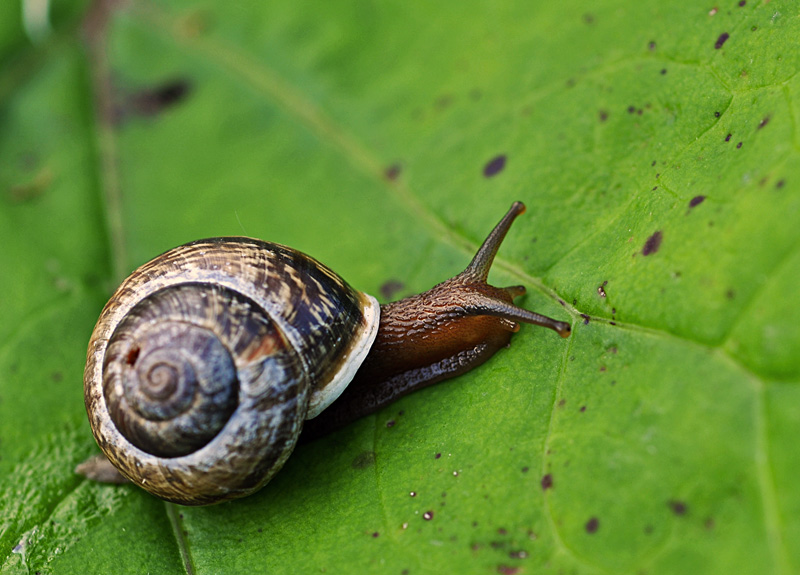
Snails are often overlooked in the animal kingdom, but these small gastropods have some truly remarkable abilities. One of their most intriguing features is their capacity to enter a state of dormancy when environmental conditions become unfavorable.
This adaptation allows snails to survive in a wide range of habitats, from gardens to deserts. But just how long can a snail remain in this dormant state? The answer might surprise you and challenge your perception of these seemingly simple creatures.
Answer #3: A snail can sleep for up to 3 years!
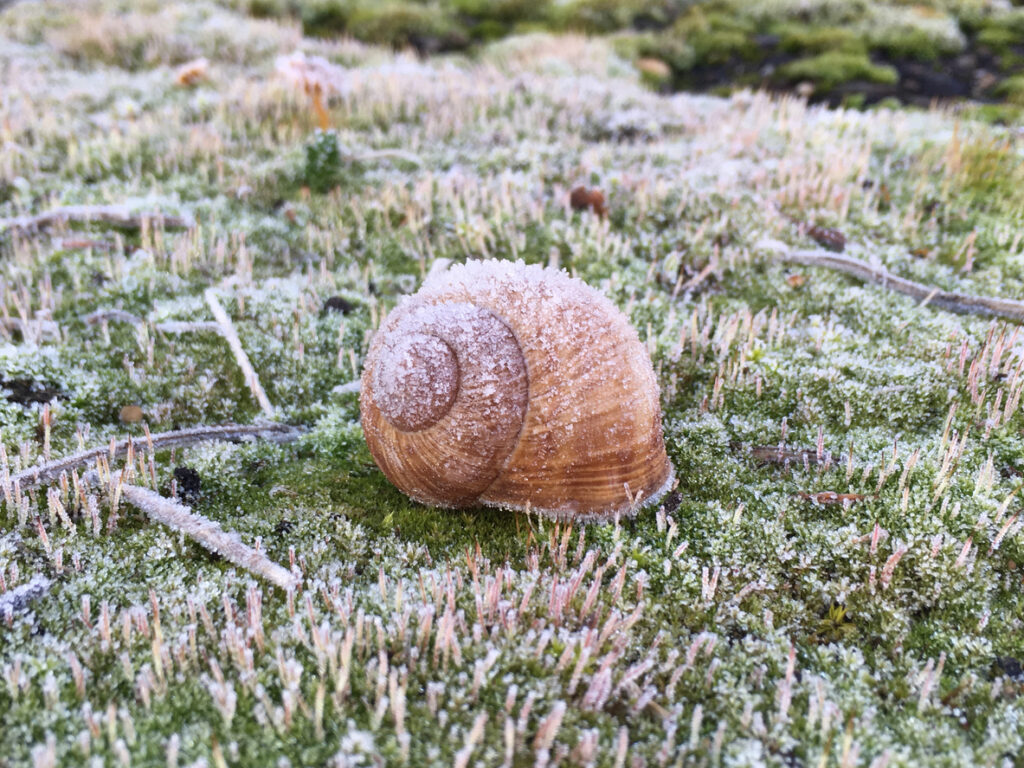
Snails have an interesting approach to survival that includes extended periods of dormancy. Under unfavorable conditions—such as extreme temperatures or drought—snails can enter a state called estivation, which allows them to conserve moisture and energy. During this time, they may sleep for several years until conditions improve.
This ability to sleep for long durations is essential for survival in environments where food sources may be scarce or conditions become harsh. When snails estivate, they seal themselves inside their shells with a layer of mucus to retain moisture. Once conditions become favorable again—like increased humidity or availability of food—they emerge from this dormant state ready to resume their activities.
Question #4: What is a Group of Crows Called?
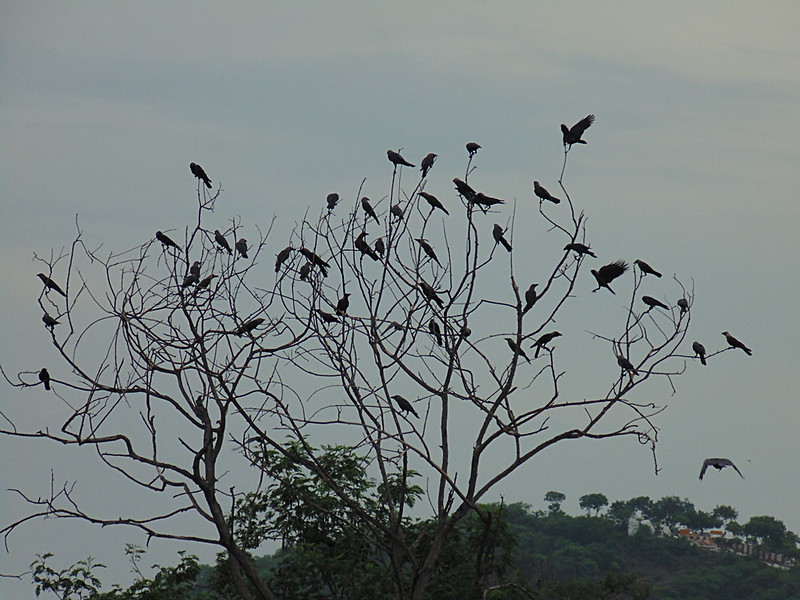
Crows are birds that have long captured human imagination, often featuring in folklore and mythology. These intelligent corvids are known for their problem-solving abilities and complex social behaviors. But when it comes to groups of crows, there’s something particularly intriguing about the terminology we use.
Throughout history, humans have given collective nouns to groups of animals, often reflecting their perceived characteristics or behaviors. For crows, the term used is both poetic and slightly ominous, adding to the mystique surrounding these clever birds.
Answer #4: A Murder (true)

Crows are highly intelligent birds known for their complex social structures and behaviors. When gathered together, they form groups referred to as “murders,” a term that evokes both intrigue and curiosity about these clever creatures. Crows often congregate in large numbers for various reasons, including feeding opportunities or protection from predators.
The term “murder” may stem from historical associations with crows as omens of death due to their scavenging habits; however, this characterization overlooks their remarkable intelligence and adaptability. Crows have been observed using tools, solving puzzles, and even recognizing human faces—demonstrating cognitive abilities that rival those found in some primates.
Question #5: Do Otters Hold Hands While Sleeping?
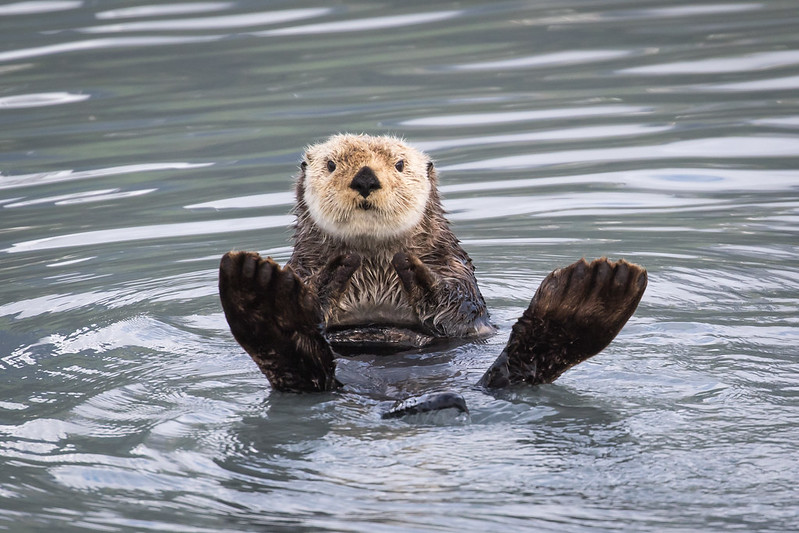
Sea otters are charismatic marine mammals known for their playful behavior and important role in maintaining kelp forest ecosystems. These animals spend much of their time in the water, where they feed, play, and rest. But there’s one particular behavior that has captured the hearts of many observers.
When sea otters sleep, they have a unique way of ensuring they don’t drift apart from their group. This behavior not only serves a practical purpose but also provides a heartwarming display of the social bonds between these animals.
Answer #5: Yes, They Do (Isn’t That Sweet!)
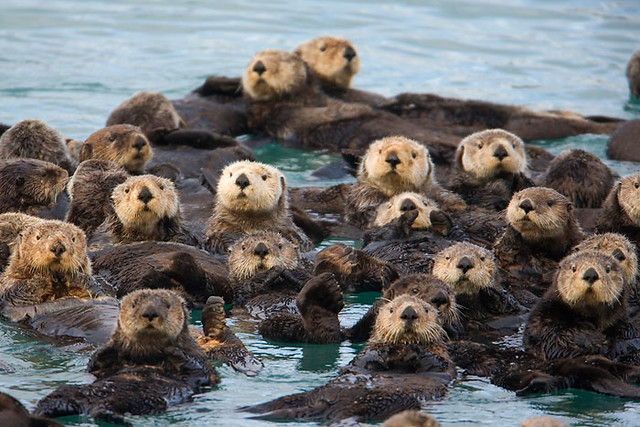
Sea otters are adorable marine mammals known for their playful behavior and thick fur coats that keep them warm in cold waters. One particularly charming behavior observed among sea otters is holding hands (or paws) while sleeping to prevent drifting apart from one another during rest periods. This behavior helps maintain social bonds within groups called rafts.
By holding hands while they sleep on the surface of the water, sea otters ensure they stay connected even when unconscious—a testament to their strong social structure. This behavior also highlights how important community is among sea otters; they often groom each other and share food resources as well.
Question #6: True or False – A Goldfish Only Has a Three second Memory?
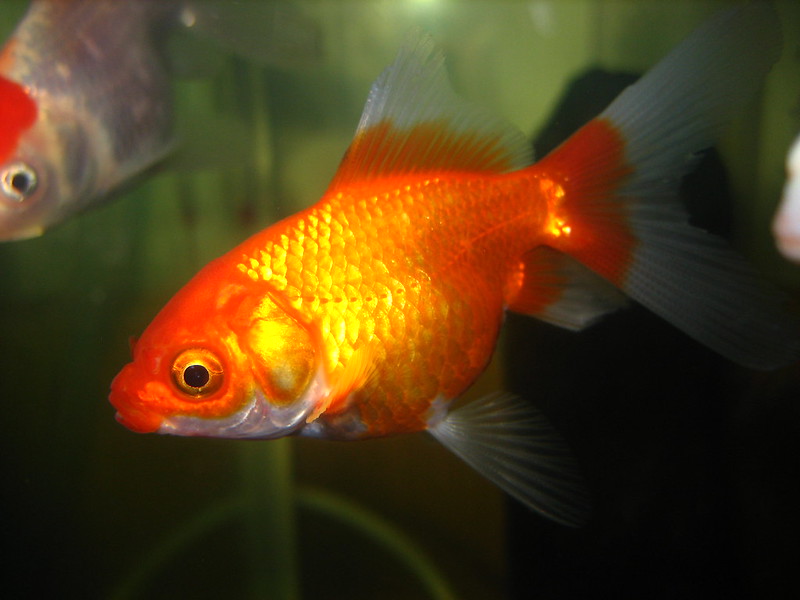
Goldfish have been popular pets for centuries, known for their bright colors and calming presence in aquariums. However, there’s a common misconception about these fish that has persisted for years, often used as a metaphor for forgetfulness in popular culture.
The idea that goldfish have extremely short memory spans has been repeated so often that many people accept it as fact. But is there any truth to this claim, or is it just another myth about animal intelligence?
Answer #6: False

Contrary to popular belief, goldfish do not have a memory span limited to just three seconds; in fact, research has shown that goldfish can remember information for months at a time! They are capable of learning simple tasks and can even be trained to respond to signals indicating feeding times or specific actions.
Goldfish possess cognitive abilities that allow them to recognize patterns and navigate mazes successfully after training sessions—demonstrating memory retention beyond what many people assume about these aquatic pets. Their ability to remember experiences contributes significantly to their overall well-being in captivity.
Question #7: Sloths Move So Slowly That Algae Grows on Their Fur?
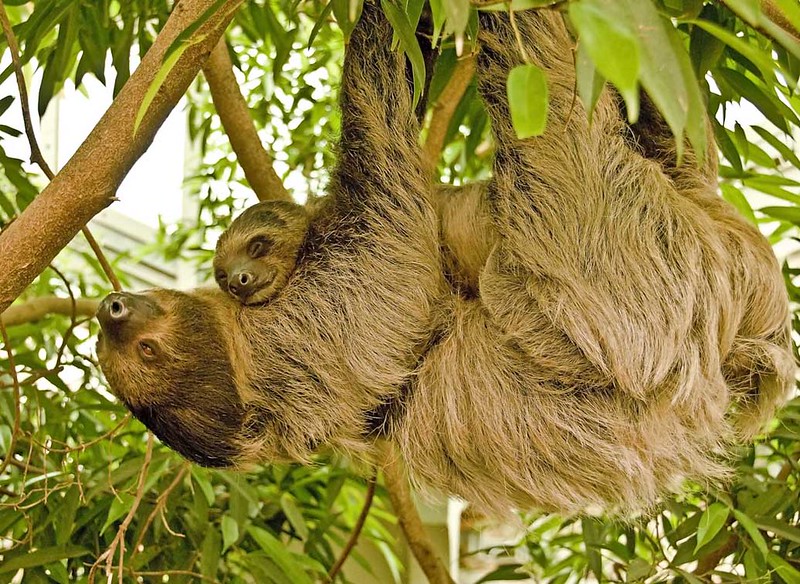
Sloths are known for their exceptionally slow movements and relaxed lifestyle. These arboreal mammals spend most of their lives hanging upside down in the trees of tropical rainforests. But their slow pace of life has some unexpected consequences that are visible to the naked eye.
The sloth’s sluggish lifestyle affects not only its movement but also its grooming habits. This unique characteristic has led to an intriguing symbiotic relationship with another organism, one that gives sloths their distinctive appearance.
Answer #7: This is True

Sloths are famous for their incredibly slow movements; they spend most of their lives hanging upside down from trees in Central and South America at an excruciatingly slow pace—often moving no more than about 40 yards (37 meters) per day! This leisurely lifestyle allows algae to grow on their fur due to its damp environment.
While this may seem unappealing at first glance, it actually provides sloths with some benefits; the green algae offers camouflage against predators lurking above them in trees while also providing nutrients when sloths groom themselves! Their slow metabolism contributes significantly to this unique relationship with algae—a perfect example of how adaptations evolve over time.
Question #8: Do Hippos Sweat Pink Liquid?
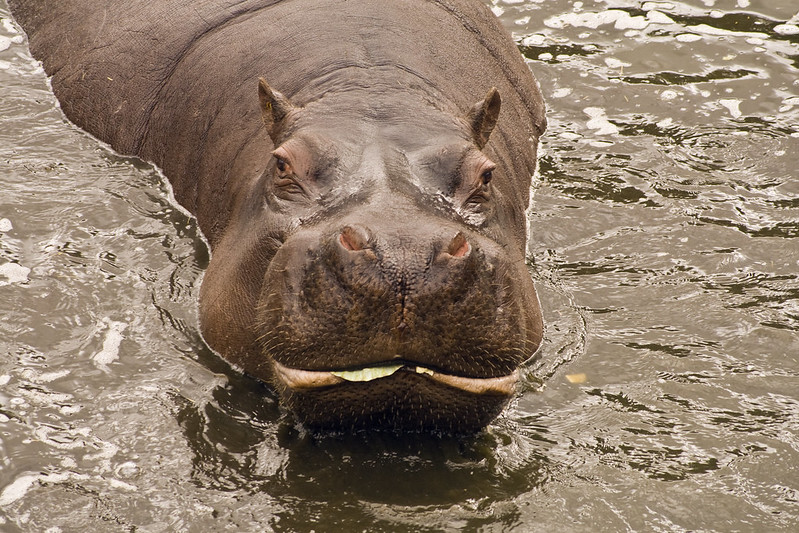
Hippos are large, semi-aquatic mammals known for their aggressive behavior and powerful jaws. These animals spend much of their time in water to keep cool and protect their sensitive skin from the sun. But hippos have developed a unique adaptation to help them cope with life both in and out of the water.
When hippos emerge from the water, observers might notice something unusual happening on their skin. It’s not sweat as we know it, but rather a specialized secretion that serves multiple purposes for these massive creatures.
Answer #8: It’s Weird But True, Yes

Hippos are massive creatures known for spending much time submerged in water during hot days; however did you know they secrete a pinkish fluid? Often referred colloquially as “blood sweat,” this secretion acts as both sunscreen protecting against harmful UV rays while also acting as an antibacterial agent preventing infections!
This unique fluid contains pigments called hipposudoric acid which gives it its reddish hue; it helps regulate temperature too! While hippos do not actually sweat like humans do—their fascinating adaptation showcases how evolution has equipped these large mammals with tools necessary for survival within harsh environments!
Question #9: What’s A Group of Owls called?

Owls have long been associated with wisdom in many cultures around the world. Their large eyes and seemingly contemplative expression have contributed to this perception. In the English language, we often use collective nouns to describe groups of animals, and these terms can reflect cultural associations or observed behaviors.
For owls, the collective noun is particularly fitting, given their reputation for intelligence and their often serious demeanor. It’s a term that evokes images of these birds gathered in solemn discussion.
Answer #9: A “Parliament”
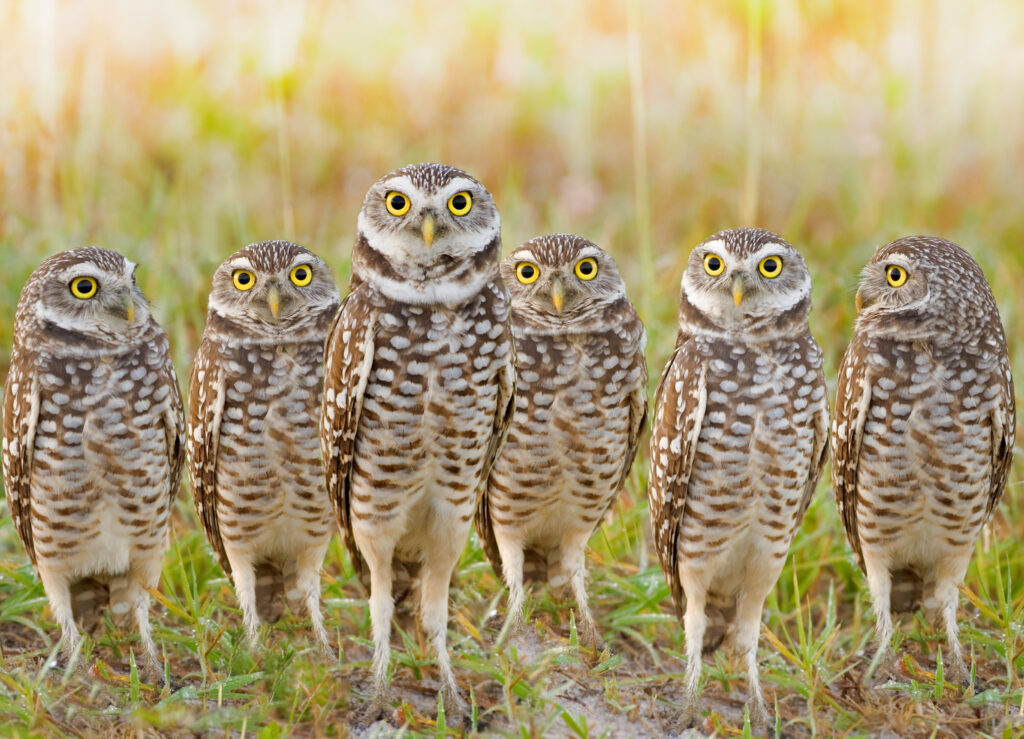
Owls are often associated with wisdom due largely imparted through literature folklore mythology—but did you know that when gathered together they form what’s called “parliament”? This charming collective noun reflects perceptions regarding owls’ intelligence along with historical associations linking them closely with knowledge!
In reality though owls tend towards solitary lifestyles preferring hunting alone during nighttime hours; however when necessary they will come together especially during breeding seasons where communal roosting occurs providing safety from predators while allowing communication between individuals about territory boundaries food sources etc., making “parliament” fitting indeed!
Question #10: True or False- Starfish Don’t Have Brains?
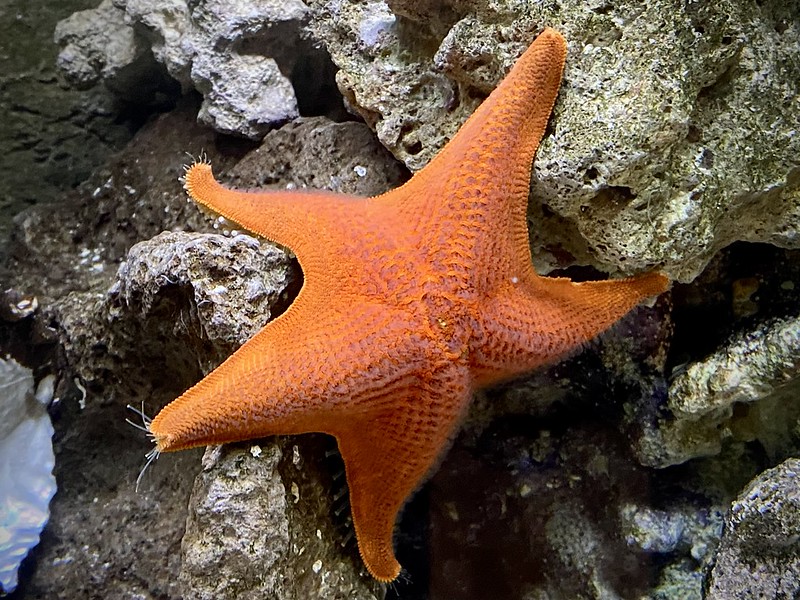
Starfish, also known as sea stars, are fascinating marine creatures known for their distinctive star-shaped bodies and ability to regenerate lost arms. These echinoderms have a unique anatomy that differs significantly from many other animals we’re familiar with.
One of the most intriguing aspects of starfish biology is their nervous system. Unlike most animals we typically think of, starfish have a very different arrangement when it comes to processing information from their environment.
The starfish has no brain.
Answer #10: True
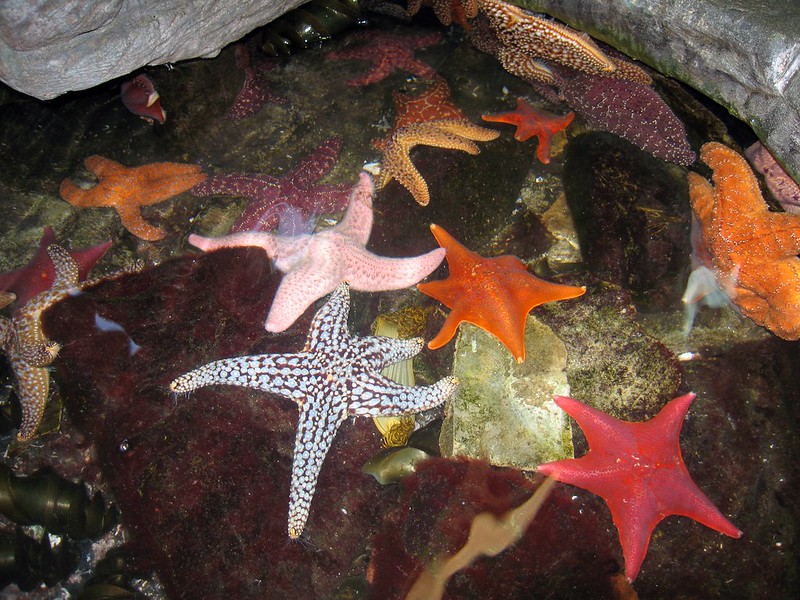
Starfish—or sea stars—are fascinating marine creatures characterized by unique radial symmetry typically possessing five arms extending outward from central disc area! Interestingly enough despite being classified under echinoderms along sea cucumbers sea urchins—they possess no brain whatsoever instead relying decentralized nervous system located throughout body allowing basic responses stimuli encountered environment!
This lack centralized processing center means starfish rely heavily upon sensory cells situated along surfaces arms enabling detection light temperature touch chemicals present surrounding waters helping navigate ocean floor locate prey such clams oysters mussels which form staple diet providing essential nutrients required sustain life underwater!
Question #11: Are Bats Blind?

Bats are often associated with darkness and the night, leading to many misconceptions about their sensory abilities. While it’s true that many bat species are nocturnal and rely heavily on echolocation to navigate and hunt, there’s more to their sensory world than meets the eye.
One common belief about bats has persisted for years, but it doesn’t accurately reflect the true capabilities of these fascinating flying mammals. Let’s explore the reality of bat vision.
Bats are blind.
Answer #11: No, They Can See Fine
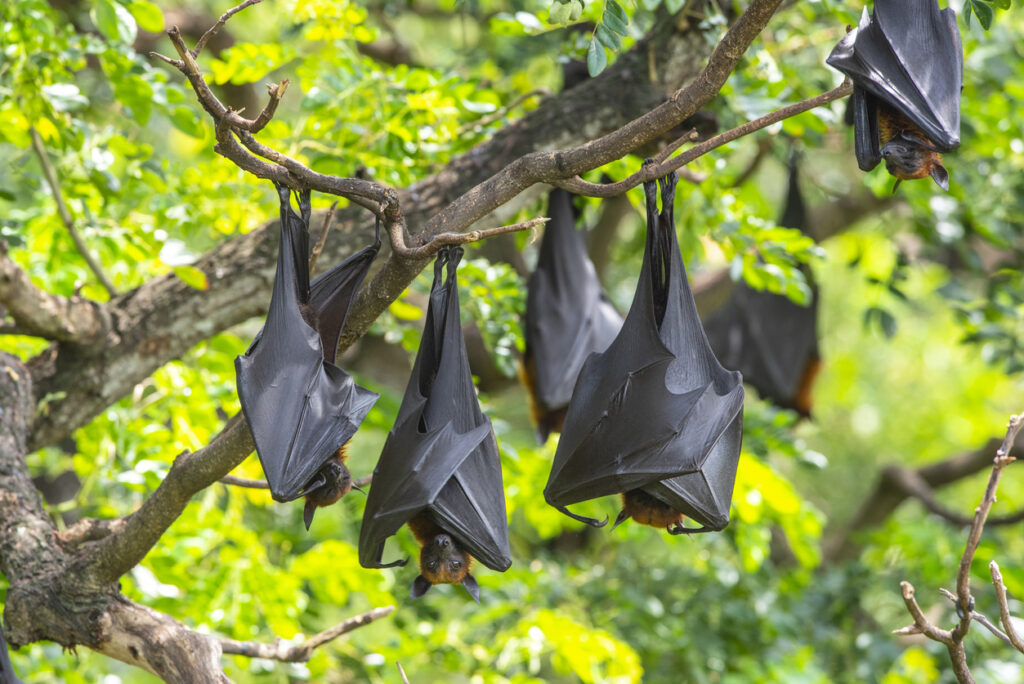
A common myth suggests bats are completely blind; however this couldn’t be further from truth! While many species utilize echolocation navigate dark environments effectively—most bats actually possess functional eyesight capable seeing well enough both day night allowing them hunt insects fruit nectar depending dietary preferences exhibited particular species encountered!
Echolocation allows bats emit high-frequency sounds which bounce off objects returning echoes interpreted via specialized auditory systems enabling detection distance direction obstacles encountered flight path ahead making these nocturnal mammals adept hunters despite dimly lit surroundings experienced during nighttime hours spent searching food sources available nearby!
Question #12: Can Certain Turtles Breathe Through Their Butt?
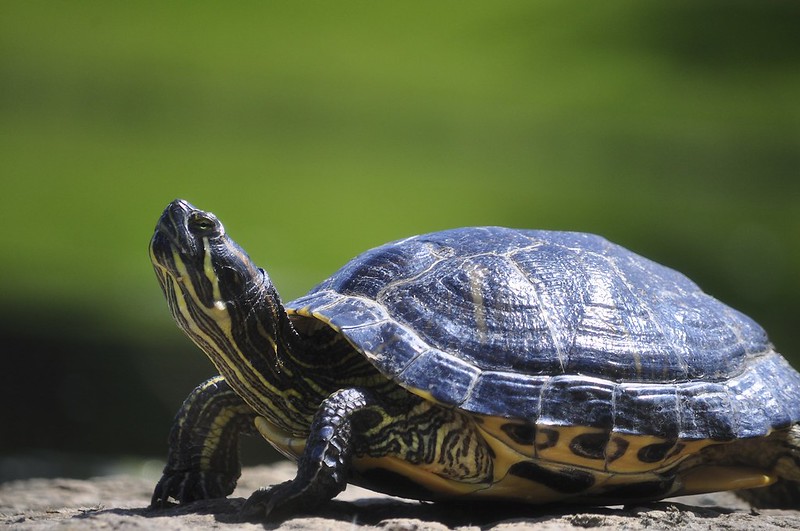
Turtles are known for their hard shells and ability to retract their heads and limbs for protection. But some species of turtles have developed an even more unusual adaptation, particularly useful for surviving in oxygen-poor environments.
This peculiar ability allows certain turtles to remain underwater for extended periods, even in conditions where other animals might struggle to breathe. The method they use might sound bizarre, but it’s a testament to the incredible adaptations animals can develop.
Turtles breathe through their butts.
Answer #12: It’s Weird But 100% True
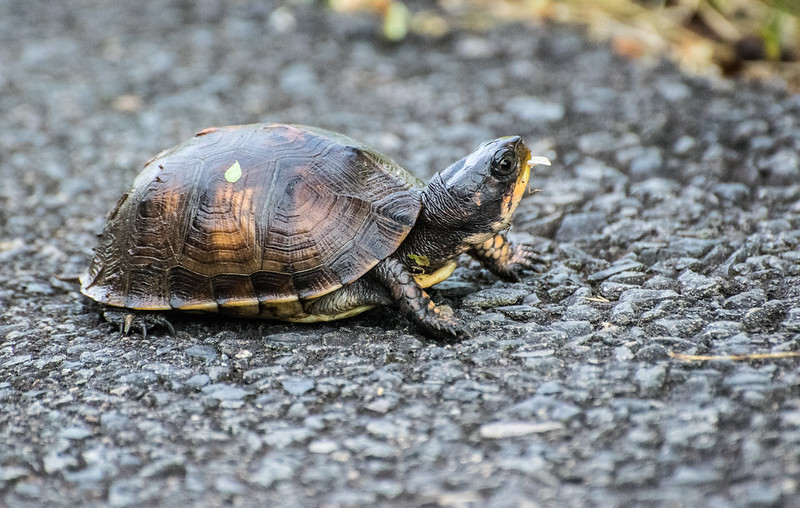
Certain species turtles possess unique adaptation allowing them breathe via cloacal respiration—a process whereby oxygen absorbed directly through specialized membranes located within cloaca area situated rear end body! This fascinating method enables turtles remain submerged extended periods without surfacing air replenishment necessary typical breathing patterns exhibited other reptiles amphibians encountered ecosystems inhabited worldwide!
This adaptation proves particularly advantageous especially during hibernation periods when turtles may spend months underwater relying solely upon cloacal respiration maintain oxygen levels required sustain vital functions until conditions improve prompting emergence back surface once again ready explore surroundings familiar once more!


